There is no second Planet Earth. The need to take action to prevent and mitigate the effects of the climate crisis is increasingly evident. For politicians and large bureaucratic structures, this represents a huge challenge.
The sense of urgency regarding the climate emergency and biodiversity crisis made the LA NACION DATA team join forces with 4 NGOs, one of them specialized in Congress processes and the three other ones in different topics regarding environmental issues to develope the Environmental Legislative Monitor.
The Environmental Legislative Monitor it’s a tool for empowering social control, citizen participation and strong alliances that we need to move towards sustainability. The Environmental Legislative Monitor is a value proposal to monitor the advance of sixteen environmental subjects in Congress. An innovative idea to move the field forward regarding data journalism, visualization, watchdog for public service and the pursuit of impact with new legislation. A tool to put pressure on Congressmen and to empower audiences as well to know and demand concrete actions to preserve human life and biodiversity on planet Earth.
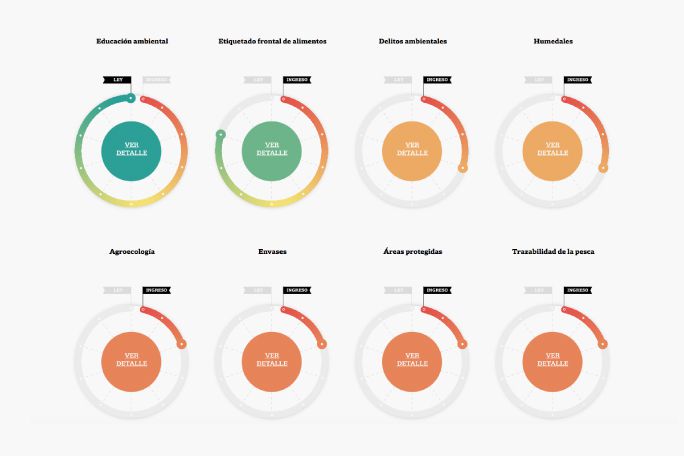
Based on a huge database made from scratch, this tool is helpful to understand the law enactment process, monitor the advance of bills in an opaque context and provide a public service for the audience to demand specific measures against climate change.

In order to do this, we transformed legislative PDF files ‒which many times were not even published in the official sites of the House of Representatives or Senators‒ into a structured database to follow bill projects progress within the bill enactment complex circuit.
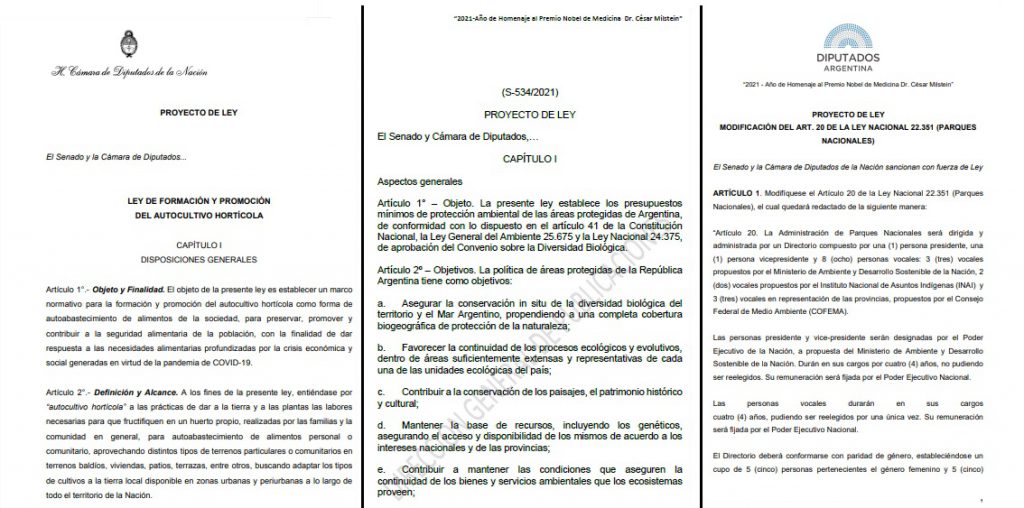
At the same time, we held numerous meetings to find the best way of organizing unstructured text information and analyzing the different scenarios of bills before its enactment or else, its “expiration” and lapse ‒when the Congress doesn’t consider them.
We designed 25 possible steps (“legislative status”) that show the path that each bill can take before its enactment or else, its “expiration”. Each one was taylormade to include every possible outcome and to translate with accuracy many technical legislative processes to our audience as simple and clear as possible.

In the first instance, the platform monitors the progress of 17 environmental issues -and more than 120 bills related with them- that are being debated or are waiting to be dealt with by either of the two Chambers.
These include wetlands, single-use plastics, packaging, environmental crime, fisheries traceability, biodiversity, the recent enactment of the Environmental Education Law in the Senate, among others.
What do we monitor?
For each environmental issue we monitor:
1.- The days left until the bill expires
2.- The legislative status and the next step that the project requires in order to be enacted
3.- The Chamber where its being treated (Chamber of Deputies or the Senate)
4.-The details of every bill presented of each issue: including the name of the legislator that presented it and the complete PDF file
5.- An explanation of the bills, their purpose, why we consider the issue relevant, the legislative history of the issues in the Congress (wheter its the first time its being treated or if similar bills has been disscused unsuccesfully in the past) and which one is the next step that needs to happen in order for the bill to be enacted.
Our aim is that any citizen, whatever their legislative knowledge is, may undestand the topic clearly. Therefore, the Enviromental Legislative Monitor also counts with an explanatory video of the complete legislative process in Argentina.
The design process
The first visual representation was the result of a succession of phases in a rather linear sense. It started from the first instance: the introduction of the bill in Congress and it ended in the last instance: the enactment of the bill. The problem was that it did not take into account all the intermediate stages, but only some of them. In other words, many inconveniences may appear between the two extremes.

1.- That the bill ceases to have effect.
2.- That the bill is rejected in the House or the Senate, and that may be submitted (or not) as any other bill, but with the same purpose.
3.- That the bill is passed with amendments.
4.- That even when the bill has been enacted in Congress, the Executive Branch vetoes it.
For this reason, the current concept, represented through a circular spiral device, gives better results as regards these variables. It brings the idea of a cyclical process of temporality and gives rise to a “second round” in the legislative process in case of consideration of a bill, or else, of the request for amendment by one of the Houses.
Temporality is one of the strongest concepts on which design is based. The cease of effect of each bill, located in the center of each cycle, shows the possibilities that each bill has of attaining or not the purpose before ceasing to have effect. Certainly, time is not the only variable that sets the pace of a bill, but it is a very important one. Especially because many times the strategy of legislators is to delay the progress of a bill and wait until it ceases effect to show disinterest.
One of the purposes of the Environmental Legislative Monitor developed by LA NACION is precisely to emphasize this aspect, since these subjects are highly important for the life of any citizen.
The use of the colours red and green in the pie charts of the Environmental Legislative Monitor show how far a bill is from becoming law. So, for example, the closer it is to green, the fewer steps remain.
The Backend
We started collecting the bill proyects and its status in a Speadsheet but we soon realized that a more complex structure was needed and therefore we built a database from scratch.
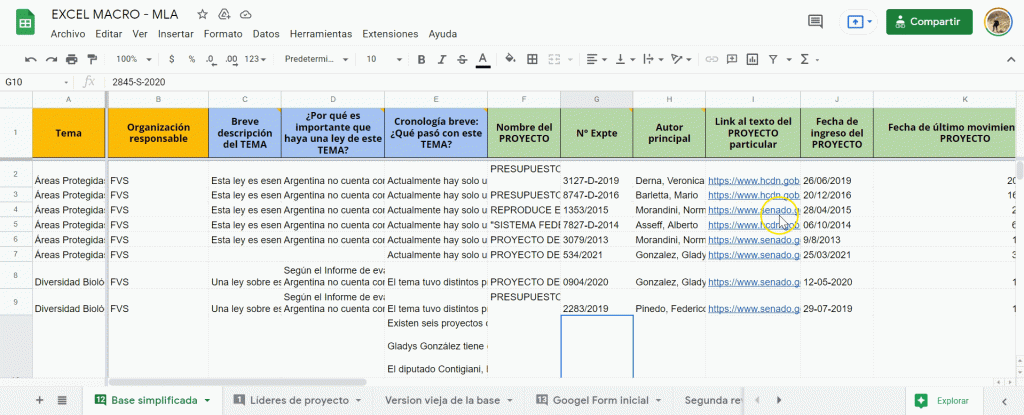
The backend development of the Environmental Legislative Monitor consisted of the creation of a relational model that represents the progress of a bill to be considered in the Congress.
Python was used for its implementation and PostgreSQL as a database engine.

To make the system available, it was used Amazon Web Services, specifically AWS Lambda, AWS RDS, AWS Beanstalk and AWS S3.
The backend connection to obtain information for its visualization is not synchronic and this improves the loading performance and the reception of bills for their subsequent visualization. SaSS was used for the style management.
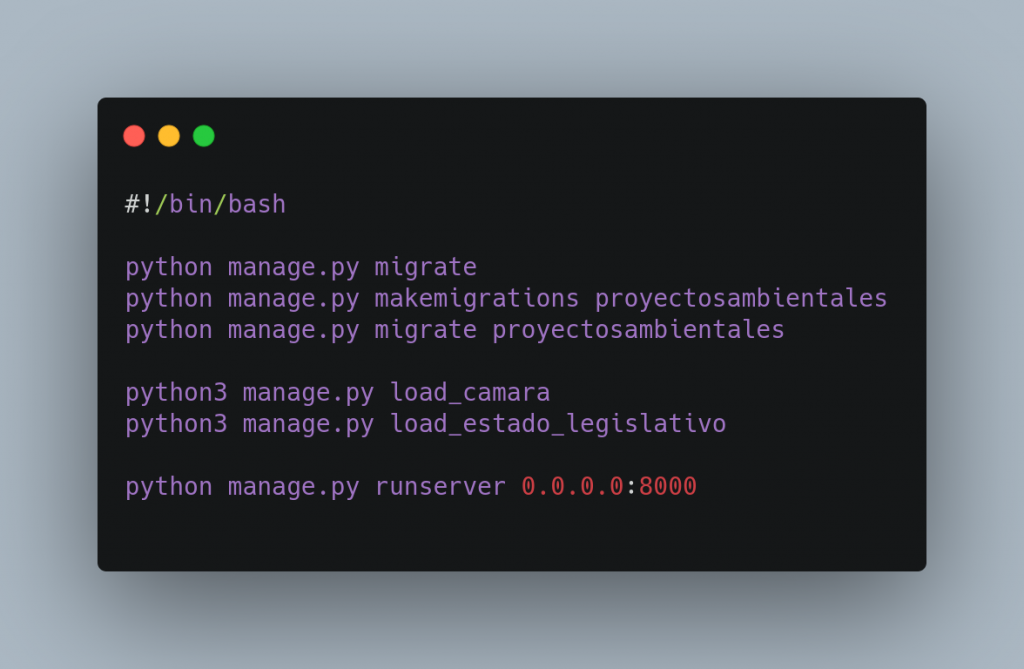
For the frontend development, we used: HTML, Javascript, Vue.js 2x (Reactive), CSS, SASS and NodeJS. The framework used for the frontend development of the application was VUE Js.
At LA NACION Data, we don’t consider this project as a “one shot and one destination” issue. We believe in the power of reusing content. For this reason, we developed a way of embedding the clocks by topic in different news articles that are regularly published related to environmental projects in general or to a particular topic.
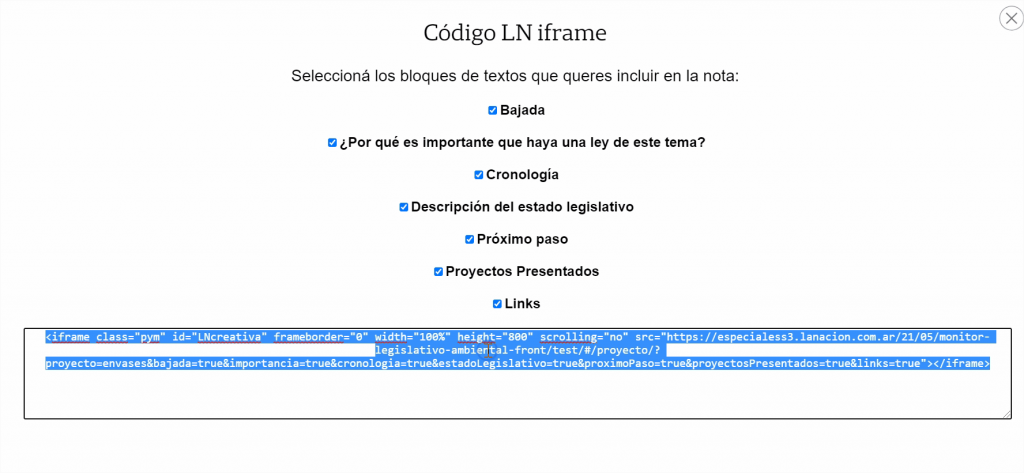
Impact
After we published, we received lots of feedback from Congressmen and activists pushing for this kind of legislation. Also, the Auditoría General de la Nación (AGN), a public agency that gives the Congress technical support, offered us some help to empower our tool. After we published this monitor, two environment-related bills were enacted at the Congress.
The Environmental Legislative Monitor gives a clear “We-are-watching” message to politicians as regards those projects left for months or even years in some special Committees. Some NGOs, like Aves Argentinas ‒one of the oldest non-profit local association‒ asked us to include new topics (as the bill for a new protected area in Córdoba province) to show the importance to the National Congress.

What can other journalists learn from this project?
There are many aspects to consider when designing and programming an information tool in projects like this one, with automatic updating and complex content. Technical and communication aspects must be taken into account, that is why it is necessary to plan and define the objectives very well in order to build a structure capable of considering all possible variables.
Firstly, we had to know all the legislative twists and turns of a bill until its enactment. For several months, we met with internal production teams (LNData and digital development) and, also with external collaborators, NGOs members and legislative advisors. Even so, it was difficult to understand and summarize that bureaucratic and political issues within the legislative process often divert the expected path of a project.
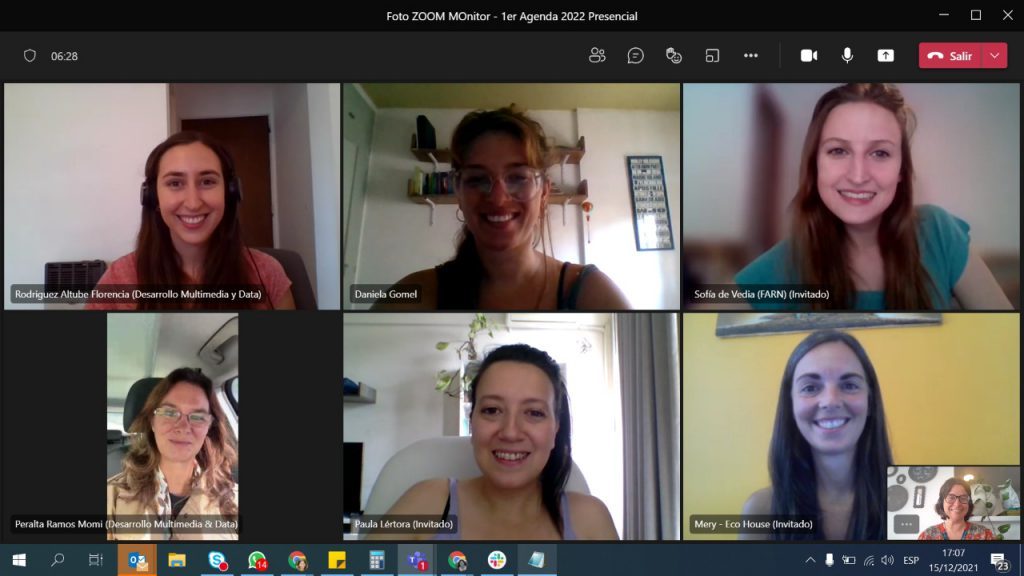
In this same sense, we understood that before translating such a complex process ‒the creation of legislative rules‒ into a visual language, we should first understand it in depth, and take into account all the elements and variables that may interfere in it. That is why, it is very important to carry out ‒at a previous step‒ detailed research of the content, which allows us to provide the basis for the development.
Although the result was highly satisfactory, we comprehended that if we had prioritized the complex structure of the information, we could have avoided many difficulties that the design had at a later step. Journalists, political scientists, designers and programmers had different tasks, but they all worked together towards the same goal: achieve clear and simple graphic representation that could communicate how the legislative process works.
In conclusion, without the collaboration of the five organizations and a interdisciplinary team (LA NACION and four NGOs: Vida Silvestre, FARN, Eco House and Directorio Legislativo), this project would have been impossible.
